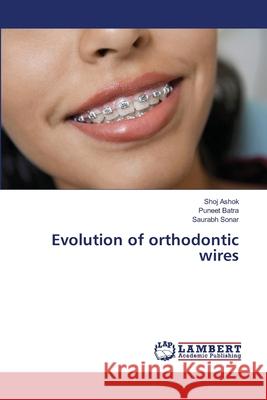Evolution of orthodontic wires » książka
Evolution of orthodontic wires
ISBN-13: 9786139581986 / Angielski / Miękka / 2018 / 180 str.
Orthodontic wires, which generate the biomechanical forces communicate through brackets for tooth movement. In the rational selection of wires for a particular treatment, the orthodontist should consider a variety of factors ,that includes the amount of force delivery , the elastic range or spring back, formability or ease of manipulation, the need for soldering or welding to assemble an appliance, in vivo corrosion with release of metal ions and the biocompatibility concerns for the patient. To accomplish this objective, four archwire alloys were only available in contemporary orthodontics,that is stainless steel, cobalt chromium, nickel titanium, and beta titanium. Orthodontic wires have evolved from noble metal alloys to the newer esthetic archwires. The choice of most suitable wire for treatment requires adequate knowledge about the biomechanical properties of various orthodontic wires.Research in the field of orthodontic biomaterials have accelerated the development of newer archwire materials with superior quality and biomechanical properties. Here we have discussed about the evolution of archwires and general properties of the wires till date.











